After years of the fashion industry maintaining a stable, or even declining, environmental impact, this sudden increase is a wake-up call. The fashion industry is a significant contributor to global warming, accounting for between 1.7% and 8% of global emissions, depending on how the impact is measured – whether it is just production or the entire supply chain , from raw materials to the end of the product lifecycle. As the industry expands, its impact has grown, with consequences far beyond the supply chain. These growing emissions have ripple effects on the climate, customers and communities.
Fashion’s growing environmental impact will exacerbate climate change that is already reshaping every aspect of our lives, from the food we eat to where we live to the air we breathe. The increased risk of extreme storms, dangerous heat, wildfires and other climate disasters makes manufacturing less predictable and potentially more expensive. A warming planet also means sourcing materials like cotton and silk for clothing will become more difficult and expensive.
The cost of disruption is huge, not just in environmental damage but also in the billions of dollars in lost productivity, disrupted supply chains and rising resource costs that will hit the industry if we don’t act. Simply put, climate change means that the fashion industry can no longer continue business as usual.
Many of the countries vital to the garment industry – India, Bangladesh, Vietnam, Pakistan, Indonesia – are on the front lines of climate change, experiencing heatwaves, floods and resource scarcity. In these regions, the costs of inaction are high, and continued emissions growth will spell disaster for businesses, the environment and people.
However, there are manufacturing innovations and proven energy-saving methods that offer hope, helping to reduce the garment industry’s climate impact while also reducing costs and improving worker wellbeing. For example, heat pumps transfer rather than generate heat. This allows factories to provide a holistic solution: the heat needed for production and the cooling needed to keep workers safe, without the emissions of fossil fuel boilers.
While more economically and environmentally efficient than fossil fuel technologies in the long run, the upfront costs of these solutions may be too high for manufacturers to bear today. This reflects the core of the problem in the fashion industry: while manufacturing is the most emissions-intensive part of the garment-making process, brands hold the capital needed to truly decarbonize the process.
Building a sustainable fashion industry requires decisive and coordinated action, including pooling capital for collective investment and brands acting on commitments, closing the gap between public climate commitments and actual implementation. The Apparel Impact Institute is working with key industry stakeholders to pool capital and jointly deploy solutions like heat pumps across supplier facilities. When the industry invests together, the sector can move faster towards its goals.
Looking ahead, we can learn from successes across the value chain. Between 2019 and 2024, H&M managed to reduce its indirect emissions by almost a quarter by investing in circular materials and increasing the use of renewable energy across its operations. Alongside Bestseller, H&M Group is developing an offshore wind project in Bangladesh, one of its main sourcing hubs, creating the infrastructure needed to effectively reduce its environmental impact.
Aside from brands, some of the most compelling incentives come from material and product suppliers. Artistic Milliners, a supplier partner to major apparel companies like Levi’s, recently invested more than $100 million in renewable energy, adding more than 100 megawatts of wind power to Pakistan’s national grid—enough power to power nearly 20,000 American homes for an entire year. Their investment has had a staggering impact, cutting the supplier’s most measurable energy use by more than 50 percent over three years.
Clearly, technology and ambition are not the barriers: there are many factories eager to make the transition to green manufacturing, and solutions are available to help make it happen. However, suppliers need access to cheap capital, long-term brand commitment and technical support to implement these solutions at scale.
Going forward, brands, retailers, financial institutions and manufacturers need to move away from treating sustainability as a side project and instead focus on collective action that drives decision-making across the entire value chain. Consumers can also support greener fashion by looking for certifications such as bluesign or the Global Recycling Standard.
With proven, commercially viable, scalable solutions and clear potential for success, the fashion industry has every opportunity to reverse its growing carbon footprint. One thing is certain: if we work together, fashion can become a powerful driver of climate change progress rather than a risk to it.
Source: https://phunuvietnam.vn/thoi-trang-co-the-tro-nenxanh-hon-nhu-the-nao-bat-chap-tac-dong-ngay-cang-tang-cua-bien-doi-khi-hau-20250825195154837.htm




![[Photo] Binh Trieu 1 Bridge has been completed, raised by 1.1m, and will open to traffic at the end of November.](https://vphoto.vietnam.vn/thumb/1200x675/vietnam/resource/IMAGE/2025/10/2/a6549e2a3b5848a1ba76a1ded6141fae)



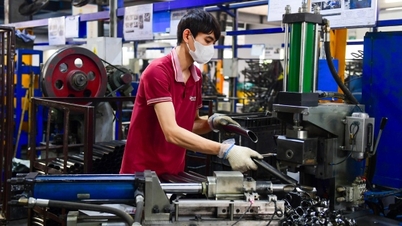

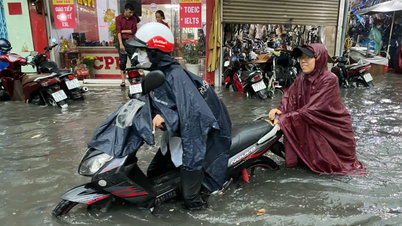

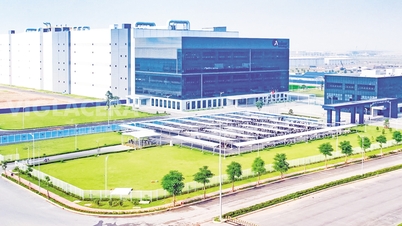





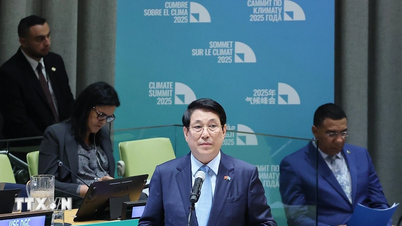

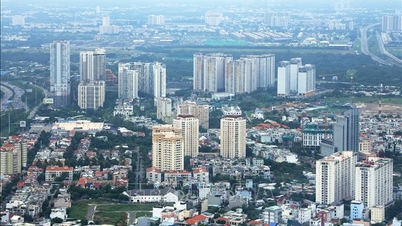





























































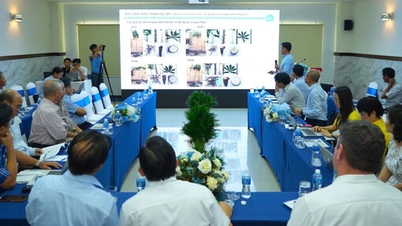

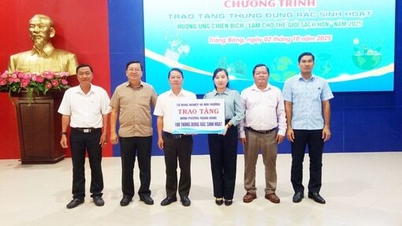
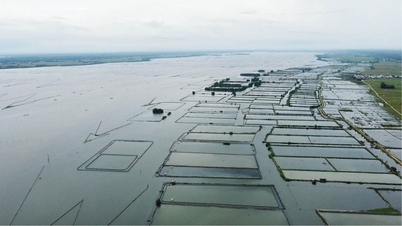


















Comment (0)